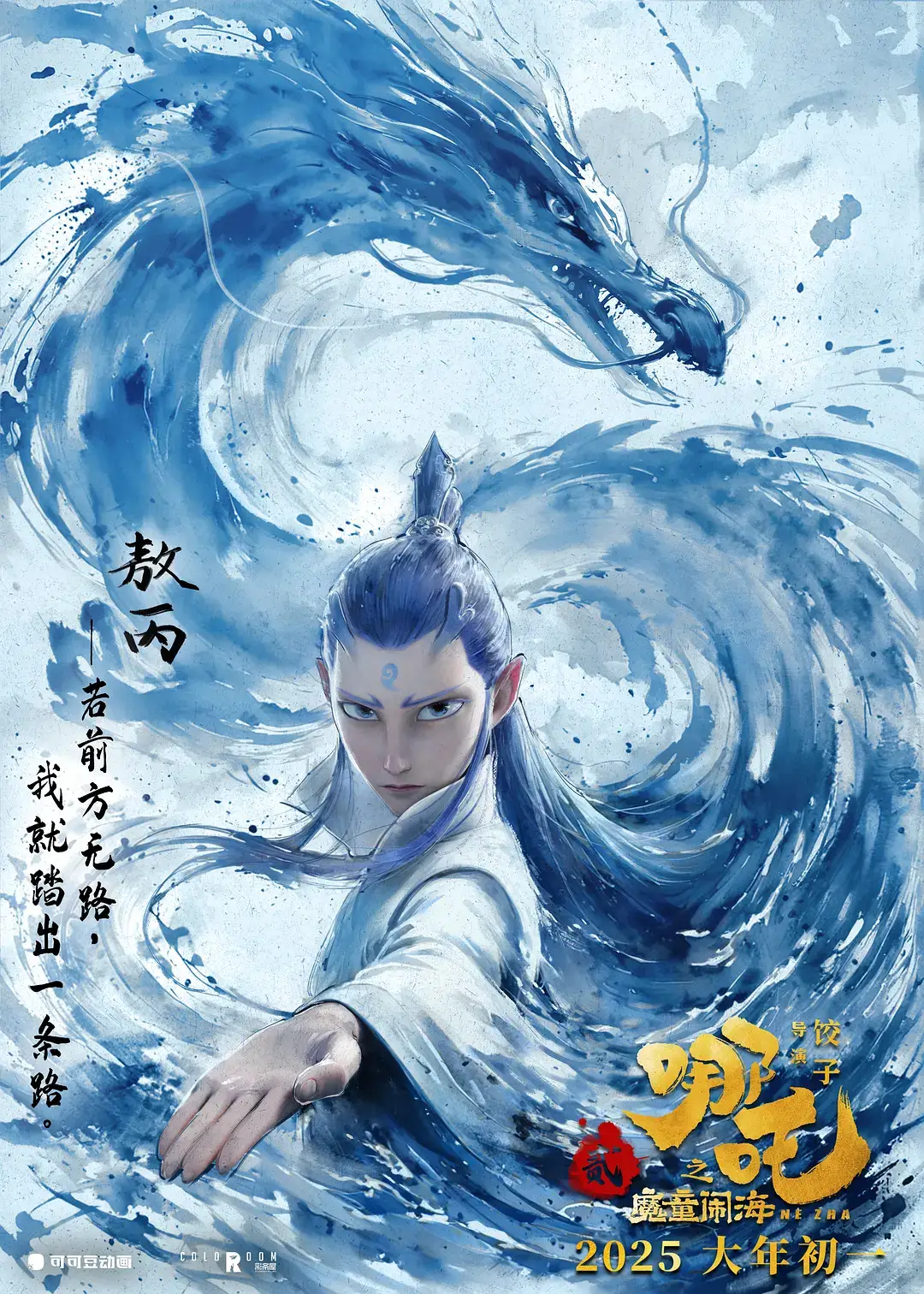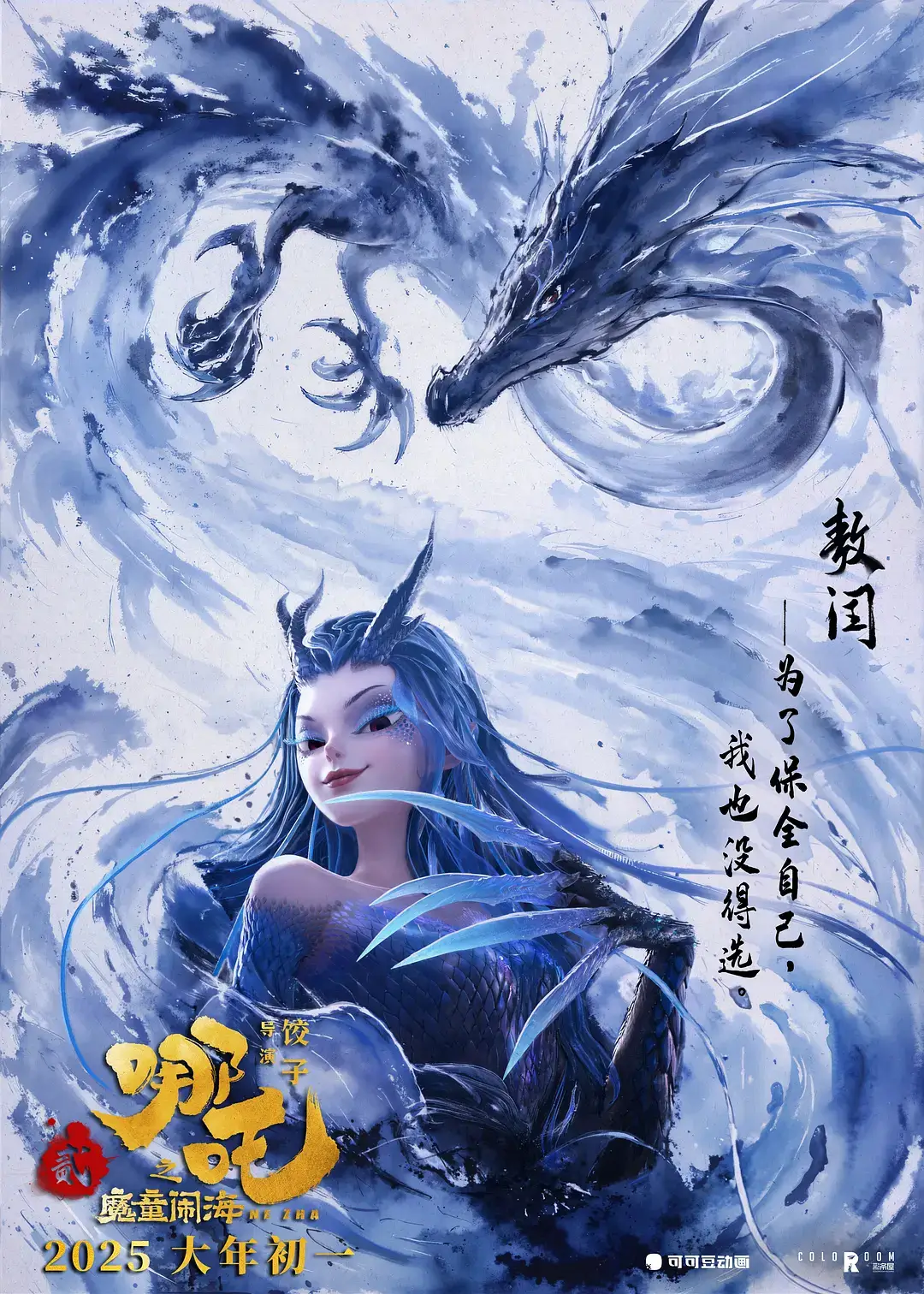The Ne Zha 2 story is not just a continuation of an animated fantasy—it’s a deeply symbolic tale rooted in mythology, pain, and the eternal struggle between destiny and choice. Released in 2025, the film has stunned global audiences not just with its dazzling visuals but with its emotional complexity and philosophical depth.
The Premise: A New Life, A Fragile Beginning
Following the dramatic ending of the first film, Ne Zha and Ao Bing are reborn through a sacred seven-colored lotus. But this new life comes with fragility—they share a single body and a limited time to prove they are worthy of full rebirth. The Ne Zha 2 story builds on this metaphysical challenge, offering an emotional exploration of duality, sacrifice, and personal transformation.
Ne Zha and Ao Bing: From Enemies to Equals
One of the most powerful aspects of the Ne Zha 2 story is the relationship between the two main characters. Formerly enemies locked in mythic conflict, Ne Zha and Ao Bing must now rely on cooperation and empathy to survive. The shared body metaphor is more than magical—it is symbolic of trust, unity, and interdependence.

Each character wrestles with inner demons: Ne Zha battles his impulsiveness and burden of expectations, while Ao Bing struggles with loyalty to his father, the Dragon King. As their physical limits tighten, so do the emotional knots. The film delicately portrays how healing old hatred is not only possible but essential for progress.
Discover the F1 movie true story that shocked audiences with its powerful revelations and emotional depth.
Visual Brilliance and Mythical Layers
The film doesn’t merely rest on the mythological origins of its characters—it reimagines them. Ne Zha 2 story takes creative liberty to blend Taoist philosophy, Chinese folklore, and contemporary themes. With over 1,900 visual effects shots, the animation brings ancient legends to life with a modern heartbeat.
Colors are symbolic—fiery reds for Ne Zha’s rage, icy blues for Ao Bing’s calm, and glowing gold for transformation. Every frame is saturated with meaning, inviting viewers to look beyond action and absorb emotion and narrative layers.
Emotional and Human Dimensions
What makes the Ne Zha 2 story especially powerful is its emotional honesty. The characters feel real not because they cry or fight, but because they reflect us. Ne Zha’s fear of being a “monster,” his desire to be loved, and his rejection of fate are universal struggles.
Likewise, Ao Bing’s yearning for acceptance and independence mirrors the journey of any person caught between duty and desire. The movie gives its mythical heroes human hearts—and in doing so, offers audiences a mirror to reflect on their own choices, pain, and potential.
Symbolism and Deeper Meaning
In Taoism, rebirth is a recurring theme—a return to nature, a realignment of the self. The Ne Zha 2 story embodies this principle, illustrating how true transformation is painful, uncertain, and never guaranteed. The shared body serves as a metaphor for harmony: yin and yang must coexist, not dominate.
Trials that Ne Zha and Ao Bing endure are allegorical: facing inner fears, letting go of ego, and reconciling with past wounds. The story suggests that power without understanding is destruction—but power forged through compassion becomes legacy.
The Cultural Significance
This film is more than an animated hit—it’s a cultural shift. Chinese animation has long stood in the shadow of Hollywood, but the Ne Zha 2 story proves that authenticity and emotional storytelling can triumph globally. With a box office exceeding 2 billion dollars, the film has outshined even Western blockbusters.
It also shows the strength of local myth and identity in a globalized world. Ne Zha is no longer just a Chinese hero—he is a symbol of resilience and rebirth for anyone, anywhere.
Critical Analysis
From a narrative standpoint, the Ne Zha 2 story is tightly constructed. It balances large-scale battles with intimate moments of vulnerability. The pacing allows characters to grow while maintaining audience engagement. The dual protagonist structure is ambitious, but it pays off, offering a layered view of inner conflict and reconciliation.
Critics have praised the film for pushing the boundaries of animated storytelling. It’s not just about heroism—it’s about self-awareness. It’s not just about defeating villains—it’s about conquering the shadows within.
Lessons and Takeaways
At its core, the Ne Zha 2 story teaches us that change is painful but possible. That enemies can become allies, and identity is not fixed—it is chosen. The film urges viewers to ask: who am I becoming? What am I willing to sacrifice for peace?
It reminds us that power must be earned through empathy, and that greatness means nothing if it isn’t shared. Through fantastical visuals and epic fights, it whispers a deeply human truth: healing starts from within.
Conclusion
In a world saturated with recycled plots and shallow spectacles, Ne Zha 2 stands out as a cinematic experience that moves the heart and stirs the soul. More than a sequel, it is a philosophical poem wrapped in the thunder of dragons and fire. The Ne Zha 2 story is proof that even the wildest myths can be deeply human—and that’s what makes it unforgettable.
🔗 Related Stories You May Like
The Joker True Story: A Real-Life Reflection on Mental Struggles
Uncover the hidden pain behind the smile — this gripping story dives into the psyche of a misunderstood icon.
Black Hawk Down True Story: 5 Shocking Facts You Didn’t Know
Experience the human side of a military disaster that shook the world — a story of courage, failure, and sacrifice.
F1 Movie True Story: The Legendary Rivalry That Redefined Racing
Speed, rivalry, and obsession — discover how real events inspired one of the most intense racing films ever made.

